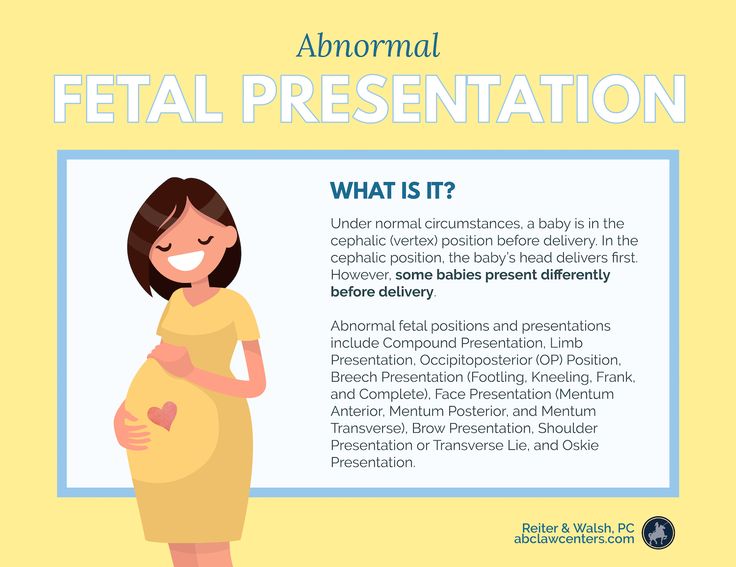Fetal lie position
How your baby lies in the womb
Most babies are born head first with their faces looking down, their back against your stomach and their chin tucked in on their chest. This position is called occipito anterior.
Other ways a baby can lie in the womb
Some babies can lie in a:
- posterior position (occipito-posterior) - facing the opposite way with their backs to your back
- breech position - where their bottom leads first, and their head is at the top
- transverse position - across your womb from side to side
It can be more difficult for babies to be born in these positions. They may need:
- help from your midwife or doctor
- a ventouse or forceps delivery, or caesarean section
Posterior position
A posterior position (occipito-posterior) is when your baby’s back is lying against yours.
While they’re in this position their head presses against your lower back, causing backache. This can worsen when you’re in labour.
Turning in this position
In earlier stages it doesn’t matter but once you’re ready to go into labour, your baby needs to turn all the way around to the front.
Sometimes your contractions help your baby to turn. Your baby can also turn round when you're pushing.
If your baby doesn’t turn, then your pushing can result in your baby being born in the posterior position but this is less likely to happen with a first pregnancy.
If your baby doesn’t turn following pushing, your obstetrician can help to turn your baby to face the right way and then deliver your baby with the help of forceps.
Breech position
Breech position is when your baby’s bottom, or sometimes their foot, is the part that'll be born first.
Around 1 in 5 babies are in the breech position at 30 weeks of pregnancy. By the end of pregnancy only about 3 in 100 are breech.
Some babies lie with their:
- legs bent at the knees
- knees straight and their legs up in front of their face
Your baby may move into a head-down position on their own.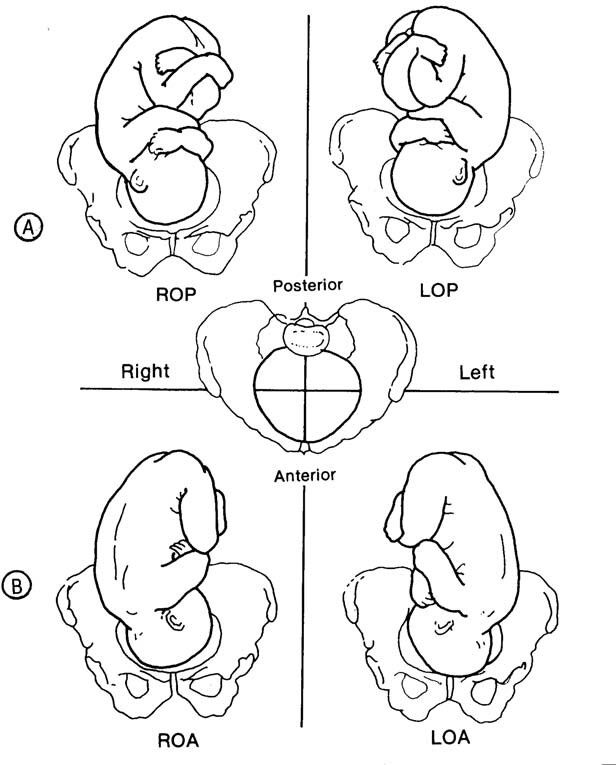
Turning in this position
If your baby's still breech by about 36 to 37 weeks they may not turn by themselves.
Your doctor will usually try turning your baby by external cephalic version (ECV). If your baby can’t be turned, your doctor may suggest trying again on another day.
Up to half of babies in a breech position can be turned like this and you can try to have a vaginal delivery.
External cephalic version (ECV)
ECV means gently massaging your tummy to encourage your baby to turn by doing either a forward or backward flip in the womb.
It can be uncomfortable, but it shouldn’t be painful. You may be given some medication to relax the muscles in your womb before you have this.
When is ECV done?
ECV is carried out after you've had an ultrasound showing your baby needs help to turn.
When the ECV is being carried out, your baby will be monitored all the time. There’s a small chance that ECV can cause distress to your baby, which is why their heart rate's monitored.
If ECV was done before 37 weeks your baby still has room to change position again afterwards.
If you need ECV your obstetrician will explain what will happen and answer any questions you have.
If your baby will be born breech
If you know your baby's going to be born breech:
- there are only some places where you’ll be able to give birth - your midwife or doctor wouldn’t recommend having your baby at home
- a caesarean section may be recommended - sometimes this is the safest option and least likely to harm them
Your obstetrician will talk to you about your choices and make a plan for the birth with you.
Transverse lie
Some babies lie across your womb from side to side – you might hear this called a transverse lie.
If your baby's still in this position when your labour starts or you get to full term, you'll either need:
- an ECV to turn your baby to head down
- a caesarean section for your baby to be born
You're also likely to be admitted to the maternity hospital for a week or 2 before your baby's born. This is because there's an additional risk of complications during the birth.
This is because there's an additional risk of complications during the birth.
Translations and alternative formats of this information are available from Public Health Scotland.
Abnormal Fetal lie, Malpresentation and Malposition
- 1 Definitions
- 2 Risk Factors
- 3 Identifying Fetal Lie, Presentation and Position
- 3.1 Lie
- 3.2 Presentation
- 3.3 Position
- 4 Investigations
- 5 Management
- 5.1 Abnormal Fetal Lie
- 5.2 Malpresentation
- 5.3 Malposition
The lie, presentation and position of a fetus are important during labour and delivery.
In this article, we will look at the risk factors, examination and management of abnormal fetal lie, malpresentation and malposition.
Definitions- Lie – the relationship between the long axis of the fetus and the mother.
- Longitudinal, transverse or oblique
- Presentation – the fetal part that first enters the maternal pelvis.

- Cephalic vertex presentation is the most common and is considered the safest
- Other presentations include breech, shoulder, face and brow
- Position – the position of the fetal head as it exits the birth canal.
- Usually the fetal head engages in the occipito-anterior position (the fetal occiput facing anteriorly) – this is ideal for birth
- Other positions include occipito-posterior and occipito-transverse.
Note: Breech presentation is the most common malpresentation, and is covered in detail here.
Adobe Stock, Licensed to TeachMeSeries Ltd
Fig 1 – The two most common fetal presentations: cephalic and breech.
Risk Factors
The risk factors for abnormal fetal lie, malpresentation and malposition include:
- Prematurity
- Multiple pregnancy
- Uterine abnormalities (e.g fibroids, partial septate uterus)
- Fetal abnormalities
- Placenta praevia
- Primiparity
Identifying Fetal Lie, Presentation and Position
The fetal lie and presentation can usually be identified via abdominal examination. The fetal position is ascertained by vaginal examination.
The fetal position is ascertained by vaginal examination.
For more information on the obstetric examination, see here.
Lie- Face the patient’s head
- Place your hands on either side of the uterus and gently apply pressure; one side will feel fuller and firmer – this is the back, and fetal limbs may feel ‘knobbly’ on the opposite side
- Face the patient’s head
- Palpate the lower uterus (above the symphysis pubis) with the fingers of both hands; the head feels hard and round (cephalic) and the bottom feels soft and triangular (breech)
- You may be able to gently push the fetal head from side to side
The fetal lie and presentation may not be possible to identify if the mother has a high BMI, if she has not emptied her bladder, if the fetus is small or if there is polyhydramnios.
PositionDuring labour, vaginal examination is used to assess the position of the fetal head (in a cephalic vertex presentation). The landmarks of the fetal head, including the anterior and posterior fontanelles, indicate the position.
The landmarks of the fetal head, including the anterior and posterior fontanelles, indicate the position.
By TeachMeSeries Ltd (2022)
Fig 2 – Assessing fetal lie and presentation.
Investigations
Any suspected abnormal fetal lie or malpresentation should be confirmed by an ultrasound scan. This could also demonstrate predisposing uterine or fetal abnormalities.
Management
Abnormal Fetal LieIf the fetal lie is abnormal, an external cephalic version (ECV) can be attempted – ideally between 36 and 38 weeks gestation.
ECV is the manipulation of the fetus to a cephalic presentation through the maternal abdomen.
It has an approximate success rate of 50% in primiparous women and 60% in multiparous women. Only 8% of breech presentations will spontaneously revert to cephalic in primiparous women over 36 weeks gestation.
Complications of ECV are rare but include fetal distress, premature rupture of membranes, antepartum haemorrhage (APH) and placental abruption.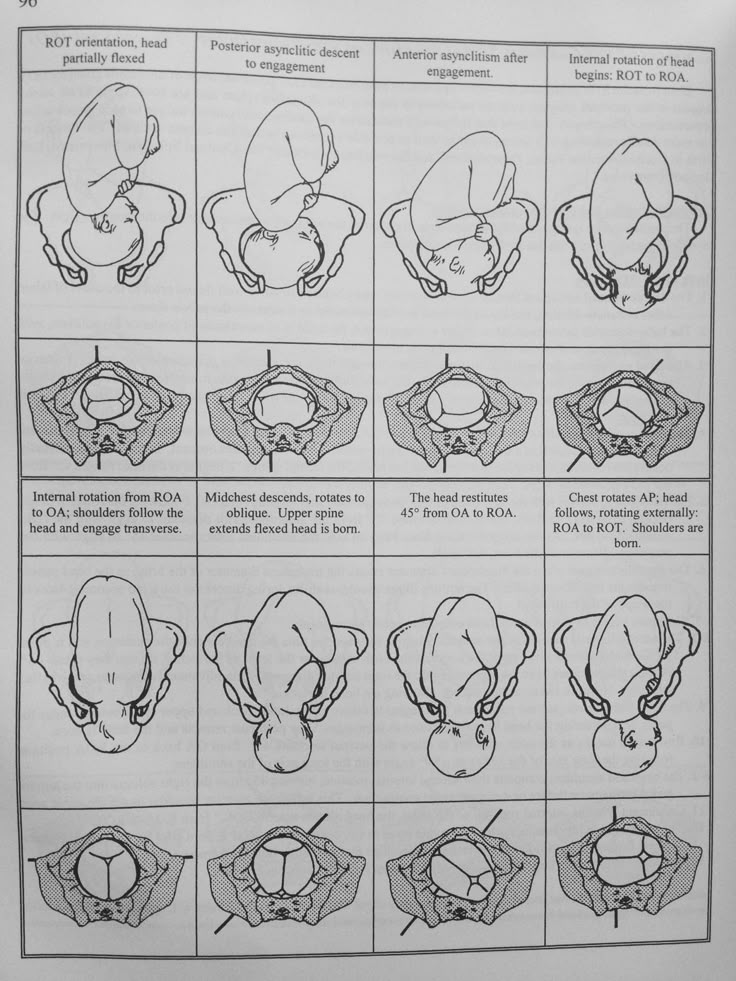 The risk of an emergency caesarean section (C-section) within 24 hours is around 1 in 200.
The risk of an emergency caesarean section (C-section) within 24 hours is around 1 in 200.
ECV is contraindicated in women with a recent APH, ruptured membranes, uterine abnormalities or a previous C-section.
Fig 3 – External cephalic version.
MalpresentationThe management of malpresentation is dependent on the presentation.
- Breech – attempt ECV before labour, vaginal breech delivery or C-section
- Brow – a C-section is necessary
- Face
- If the chin is anterior (mento-anterior) a normal labour is possible; however, it is likely to be prolonged and there is an increased risk of a C-section being required
- If the chin is posterior (mento-posterior) then a C-section is necessary
- Shoulder – a C-section is necessary
90% of malpositions spontaneously rotate to occipito-anterior as labour progresses. If the fetal head does not rotate, rotation and operative vaginal delivery can be attempted. Alternatively a C-section can be performed.
If the fetal head does not rotate, rotation and operative vaginal delivery can be attempted. Alternatively a C-section can be performed.
printPrint this Article
Postures of a person during sleep reveal his character - RBC
www.adv.rbc.ru
www.adv.rbc.ru
www.adv.rbc.ru
Hide banners
What is your location ?
YesSelect other
Categories
Euro exchange rate as of October 11
EUR Central Bank: 60.8 (+0.83) Investments, 16:09
Dollar exchange rate on October 11
USD Central Bank: 62.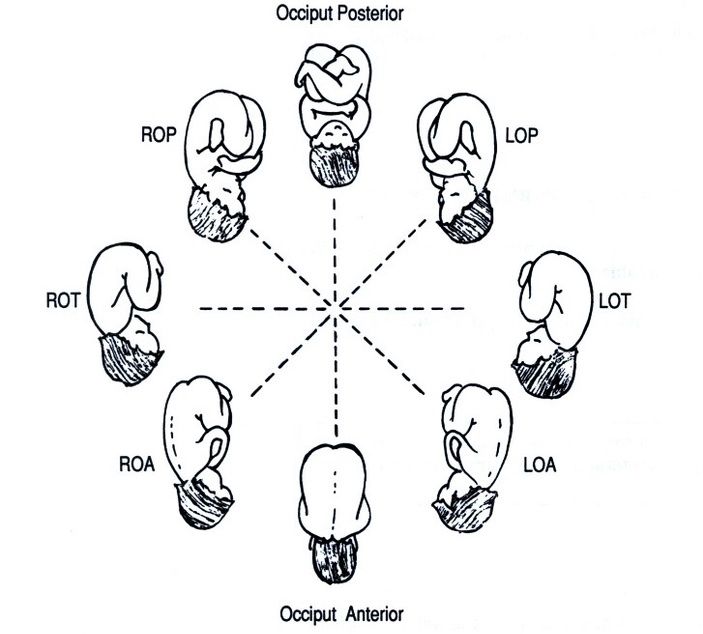 31 (+1.07) Investments, 16:09
31 (+1.07) Investments, 16:09
How many trillions of dollars does it take to achieve carbon neutrality RBC and Sber, 20:42
What could be the mathematics of penalties for drivers Partner project, 20:27
Yermolova Theater and SK agreed on cooperation Politics, 20:13
www.adv.rbc.ru
www.adv.rbc.ru
Why people should be responsible for stray dogs Partner project, 20:03
Lukashenka subjugated the state security agencies Politics, 20:02
Russian promotion offered a contract for a boxing fight to the UFC legend Sports, 19:50
Explosions in Ukrainian cities.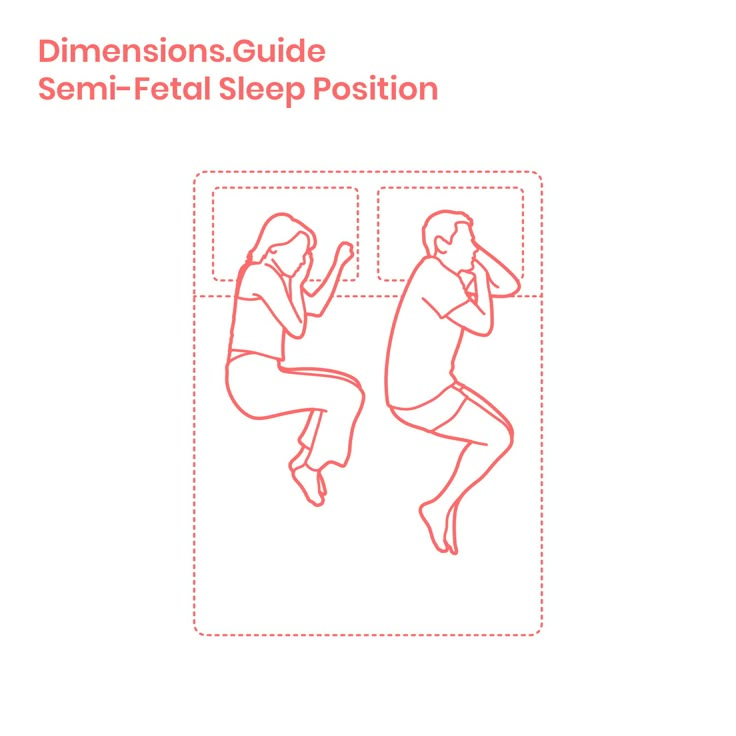 The main thing Politics, 19:50
The main thing Politics, 19:50
Explaining what the news means
RBC Evening Newsletter
Subscribe
Vesti and RT reported explosions in Dzhankoy Politics, 19:39
How to improve healthcare in Russia through medical tourism Partner project, 19:38
Why the escalation in Ukraine has weakened the ruble and what will happen to the exchange rate Pro, 19:27
Medvedev's assistant named the reason for his search in Ukraine Politics, 19:26
Consequences of strikes and explosions in Ukraine.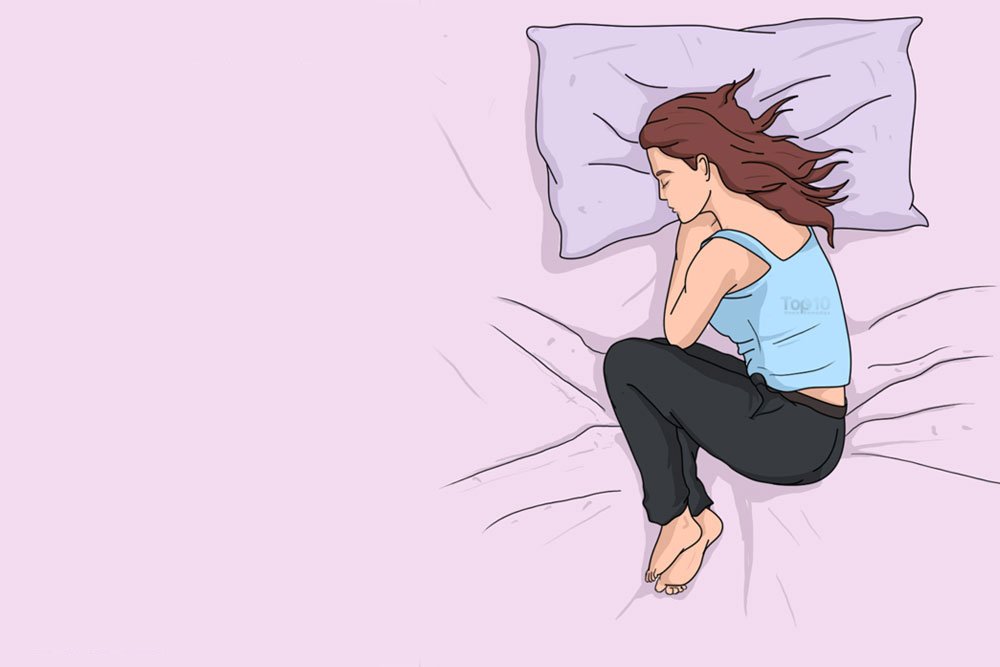 Photo report Politics, 19:22
Photo report Politics, 19:22
SberCIB analysts named attractive levels for buying the yuan Investments, 19:22
Dynamo defeated Metallurg for the first time in 11 years in Magnitogorsk Sport, 19:19
www.adv.rbc.ru
www.adv.rbc.ru
www.adv.rbc.ru
Psychologists have come to the conclusion that the main positions of a person during sleep reveal his character, outlook on life and other psychological characteristics. In total, four main bed postures were identified: "embryo", or "embryo", "log", "thirsty" and "free fall". The Daily Telegraph writes about it.
Photo: Depositphotos
Such a study was conducted by Robert Phipps, an expert on body language, who interviewed 1,000 Britons.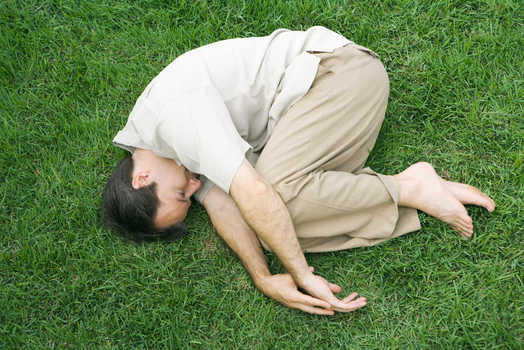 According to him, the postures of people during sleep allow you to find out how hard a person’s day was, how high their anxiety level is, and also to what extent they control their life.
According to him, the postures of people during sleep allow you to find out how hard a person’s day was, how high their anxiety level is, and also to what extent they control their life.
R. Phipps came to the conclusion that more than half of British adults sleep in the fetal position, that is, on their side, curled up and pulling their knees to the body.
Thanks to this position, people are immersed in the so-called comfort zone, where they rest from the stress of the day. The closer the knees are moved to the body and the lower the head is lowered, the deeper the sleeper goes into the comfort zone.
www.adv.rbc.ru
This is the most correct posture in order to recover as much as possible during the night. Such people tend to be conscientious, rational and like things to be in their place, but they tend to worry too much. R. Phipps warns "embryos" not to sink too deeply into the comfort zone, otherwise they will relax too much and will not be able to adequately respond to what is happening during the day.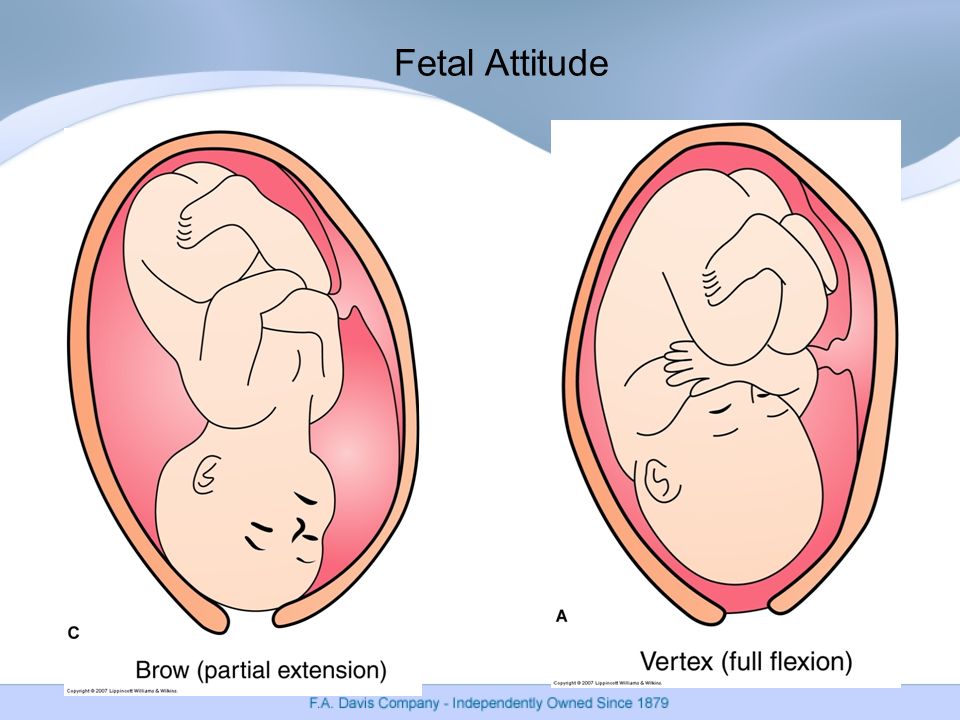
www.adv.rbc.ru
The next popular pose is "log". In this position, the person lies on his side, stretched out to the line. The expert describes such “logs” as tough, uncompromising, stubborn, domineering and withdrawn. R. Phipps advises them to relax more during sleep and give their muscles a rest.
"Thirsty" is another common sleeping position, the expert found. Such people sleep on their side with their arms stretched out in front, as if chasing someone or something. "Thirsty" always want more from life than they have, notes R. Phipps.
According to him, "thirsty" tend to be very self-critical, always expecting great results and ready to grab every new and interesting opportunity with both hands. In addition, such people give up undertakings if they encounter obstacles on the way to the goal.
"Thirsty" psychologists recommend to decide on priorities, stop wasting energy on unattainable or unnecessary goals.
The fourth popular type is the "free fall".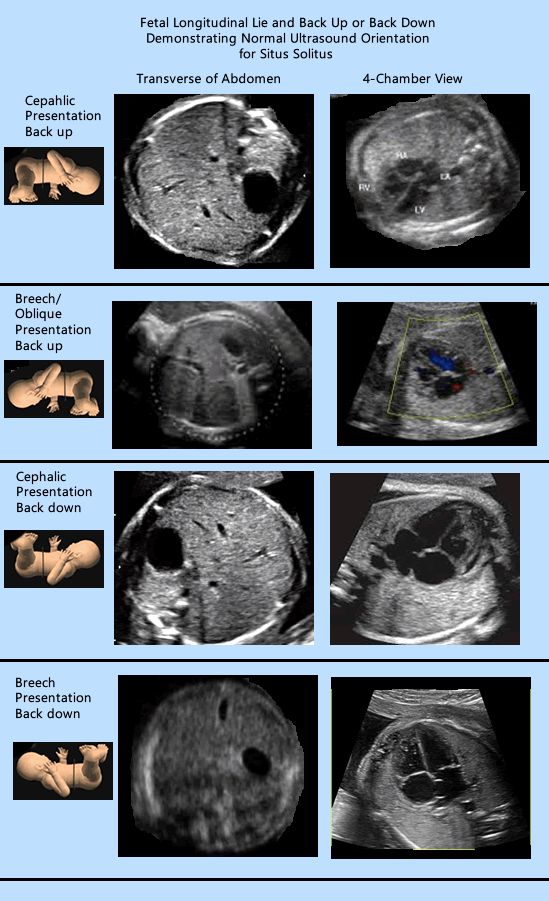 In this case, the person sleeps on their stomach with their head turned to one side and clutching a pillow. Another option is arms outstretched to the sides, as if the sleeper were floating in the air during free fall (hence the name).
In this case, the person sleeps on their stomach with their head turned to one side and clutching a pillow. Another option is arms outstretched to the sides, as if the sleeper were floating in the air during free fall (hence the name).
Such people feel that life is passing them by, they feel helpless, it seems to them that they have no control over what is happening, psychologists say.
Expert advises "falling" to act in solving problems gradually, step by step. Such people need to be more purposeful and joyful. Only by controlling their every day, they will gradually be able to become masters of their entire lives, emphasizes R. Phipps.
UK psychology
How do you sleep? What does your sleeping position say about you?
Let's see what hides the position of the body during sleep.
It is important to understand that the position of a person in a dream can change depending on the circumstances. So the usual posture for a person can be the position on the back, and during stress or illness, he takes the “embryo” position on his side. Therefore, if a person always sleeps in a certain way, then the posture may indicate the traits of his character, and if he takes such a position in a dream only at a specific period, this indicates his psycho-emotional state at this stage.
So the usual posture for a person can be the position on the back, and during stress or illness, he takes the “embryo” position on his side. Therefore, if a person always sleeps in a certain way, then the posture may indicate the traits of his character, and if he takes such a position in a dream only at a specific period, this indicates his psycho-emotional state at this stage.
Embryo position
Embryo position – position on the side, knees bent almost to the chest, part of the blanket or pillow can be squeezed between the knees. A person sleeping in this position often occupies only a small part of the bed.
This position of the body is reminiscent of the posture characteristic of a child in the mother's womb. Attempts to subconsciously return to the state of the embryo speak of a person's urgent need for security and protection. The child in the mother's stomach is reliably protected from the outside world, so in difficult life situations we sometimes want to curl up, forget about everything and again feel the same security, serenity and peace.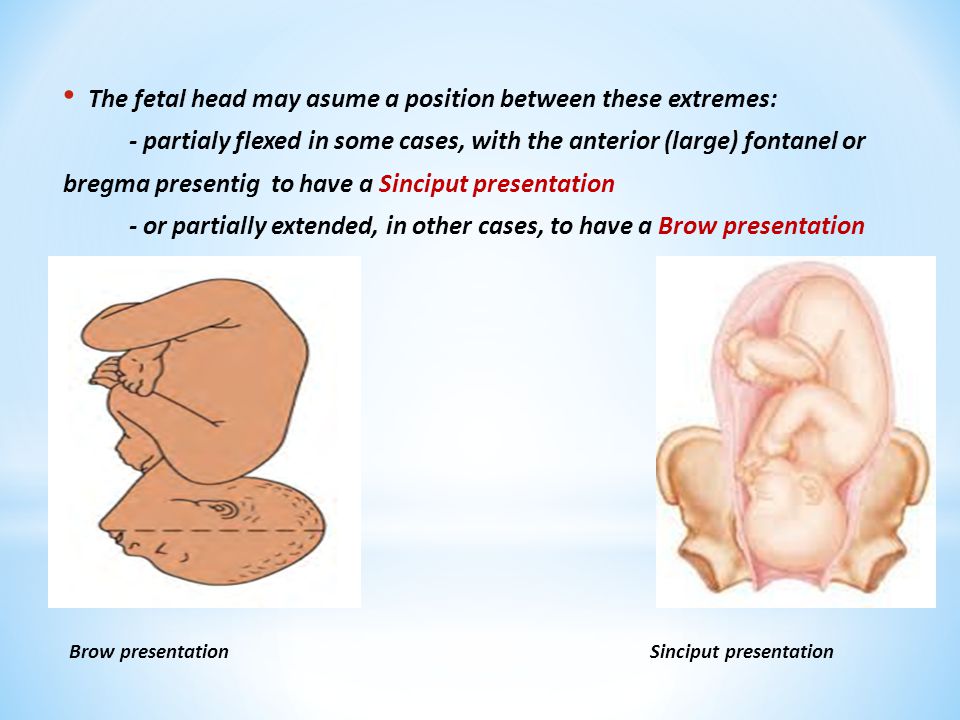
If such a posture is habitual for a person, and he always sleeps like this, then this indicates an anxious and indecisive character. This is an indicator that a person was very dependent on his mother and could not completely separate from her in his youth, become an independent and independent person. Now he constantly feels the need for support and help from other people.
People sleeping in the fetal position are characterized by anxiety, isolation, difficulties with communication, they often have problems expressing their feelings and emotions. They do not strike up friendships quickly and naturally, building close and trusting relationships for them, as a rule, takes more time than others. However, if friendly relations have developed, then they will most likely be long and strong.
Star Pose
Star Pose - position of the body on the back or on the stomach, legs and arms spread wide in different directions. With the limbs, a person tries to occupy as much of the bed space as possible.![]()
Such a posture says that a person wants to demonstrate his importance, to declare himself, his needs and desires. Such a person may have an inflated self-esteem, which often hides various inferiority complexes.
A person sleeping in this position may attach too much importance to his own opinion, exalt it, show excessive insistence, a stubborn character, or sometimes even show aggressive behavior.
A person may subconsciously choose a "star" sleeping position as a result of certain situational problems in their life. So, for example, someone is trying to take "territory" in work or personal life, and a person with his posture is trying to defend his own. In a dream, he marks his own space with his hands and feet and declares that he will not allow encroachments on his "territory".
Sometimes a person takes the position of a star when he feels an incredible rise in strength and is at the moment at the top of success in a certain area.
“Soldier” pose
“Soldier” pose – lying on the back, arms extended at the seams.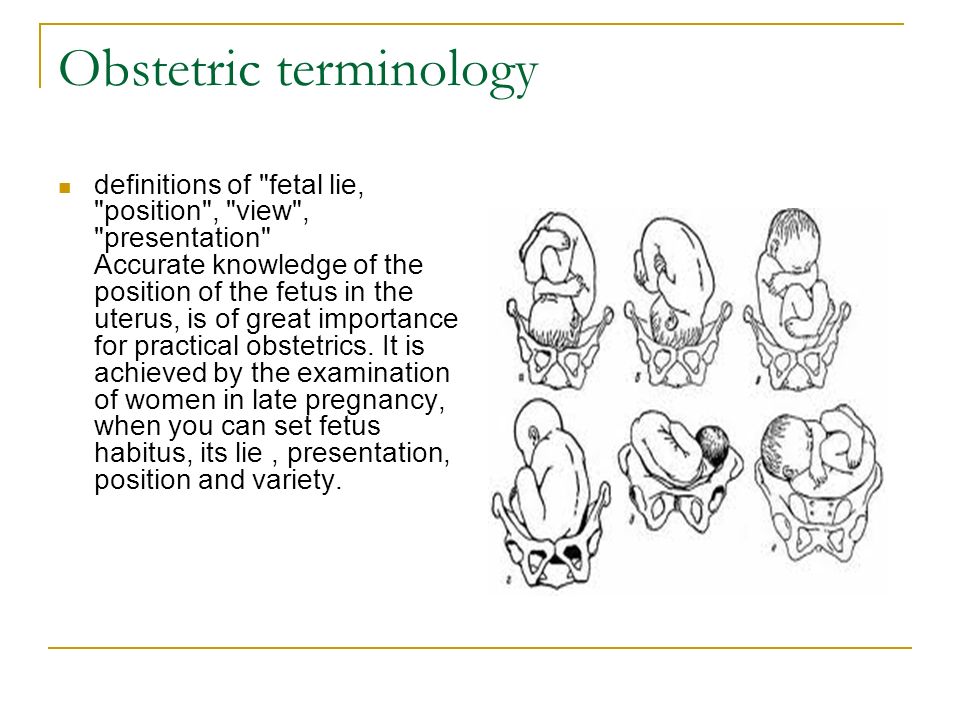
Such a posture is habitual for people who are withdrawn, reserved, disciplined and demanding of themselves and others. Such a person will not tolerate a familiar attitude, he likes to keep a distance in relation to other people, his behavior is usually restrained, he is not prone to verbosity.
This is a man of action. He will not talk about his plans for a long time, but will simply carry out his plans. Straightforwardness and some rigidity are the characteristic features of a person sleeping in the “soldier” position.
King's Pose
King's Pose – lying on the back with arms relaxed at the sides and legs straight. The posture is relaxed, but not "slack".
The choice of such a position for sleeping is a sign of a self-confident person, for whom straightforwardness and openness are characteristic features. Such people are not inclined to weave intrigues; they, as a rule, choose transparent schemes for doing business. With their honesty and decency, such individuals may appear rude due to their straightforwardness.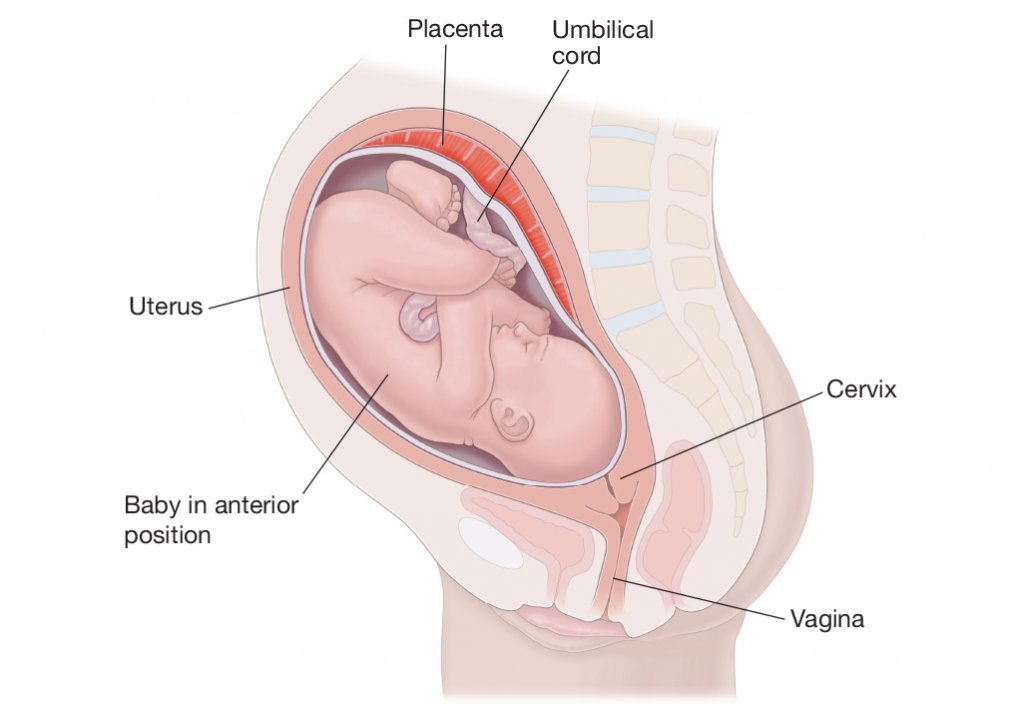
Fans of the “king” pose are characterized by pronounced leadership qualities. Such a person knows what he needs, has a good idea of what needs to be done for this, and confidently goes to the intended goal. In matters of achieving goals, the "king" can become too stubborn, but it is very difficult to convince him of any decision.
Prone position
Prone position, arms extended above the head, legs straight or slightly bent.
The pose is typical for rather closed and withdrawn people who prefer not to flaunt their emotions and feelings. Sleeping in this position indicates the importance for a person to determine the boundaries of his own space and protect him from uninvited guests. So, for example, a person tries to prevent strangers from entering his personal life.
Lovers of this position during sleep are independent in their judgments and behavior, and are also quite independent in life. It is uncharacteristically easy for them to follow the lead of others, it is rather problematic to convince them of something.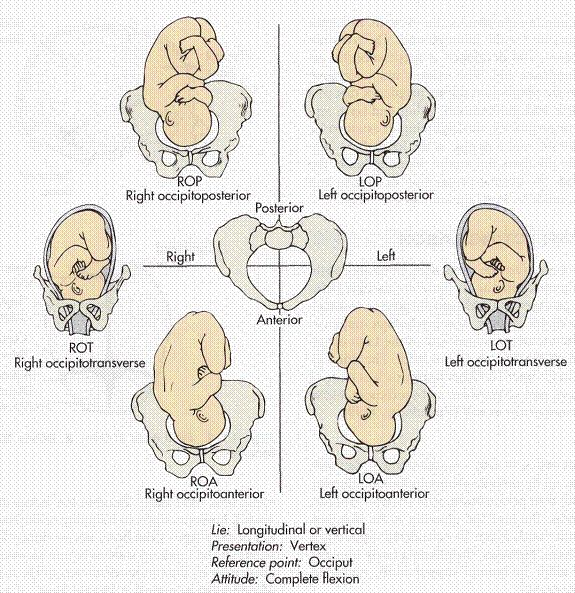
They are great fans of order and structure in all areas of their lives. They plan their day in advance, they always know a few months in advance where they will go on vacation, what they will do for the holidays, etc. Accuracy, sometimes brought to the point of pedantry, can sometimes annoy others, relatives and colleagues. However, some tediousness inherent in this individual is compensated by perseverance and determination in achieving goals. Often such people achieve a high position in society and material success.
It is noteworthy that active movements and flips from one side to the other may indicate the need to solve certain situational problems. This behavior during sleep says that a person is trying to overcome difficulties, and he is looking for additional resources in the form of reliability and stability.
Pose of the “philosopher”
Pose of the “philosopher” or “dreamer” – position on the back, arms bent at the elbows and brought behind the head.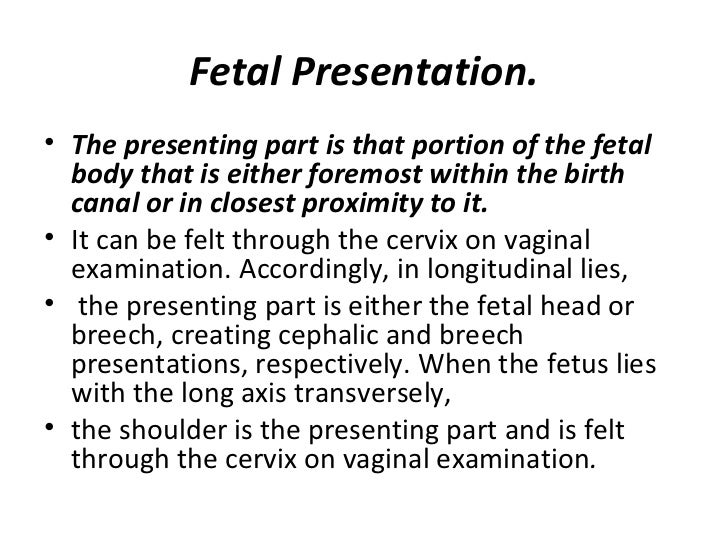 Often in this position a person lies and thinks, solves some problems or dreams.
Often in this position a person lies and thinks, solves some problems or dreams.
This position of the body in a dream is characteristic of reasonable people who like to talk on philosophical topics. Such people are distinguished by a certain slowness in their actions, but they do everything carefully, thoughtfully and bring what they have begun to the end. A person who prefers the "dreamer pose" often has problems communicating with the opposite sex. He has few friends, however, as a rule, these are people who can really be trusted.
There is another variation of this posture, where the person lies on his stomach. The head lies on the palms, turned to the side. Such "philosophers" have similar character traits - they are closed and shy. Such people are practical, but they are not confident enough in themselves and the correctness of their decisions, which is why they can often change their minds under the influence of others.
Cross Pose
Cross Pose – the position of the body lying on the back, while one arm is raised up, the other is lowered down, one leg is bent at the knee, the other is set aside.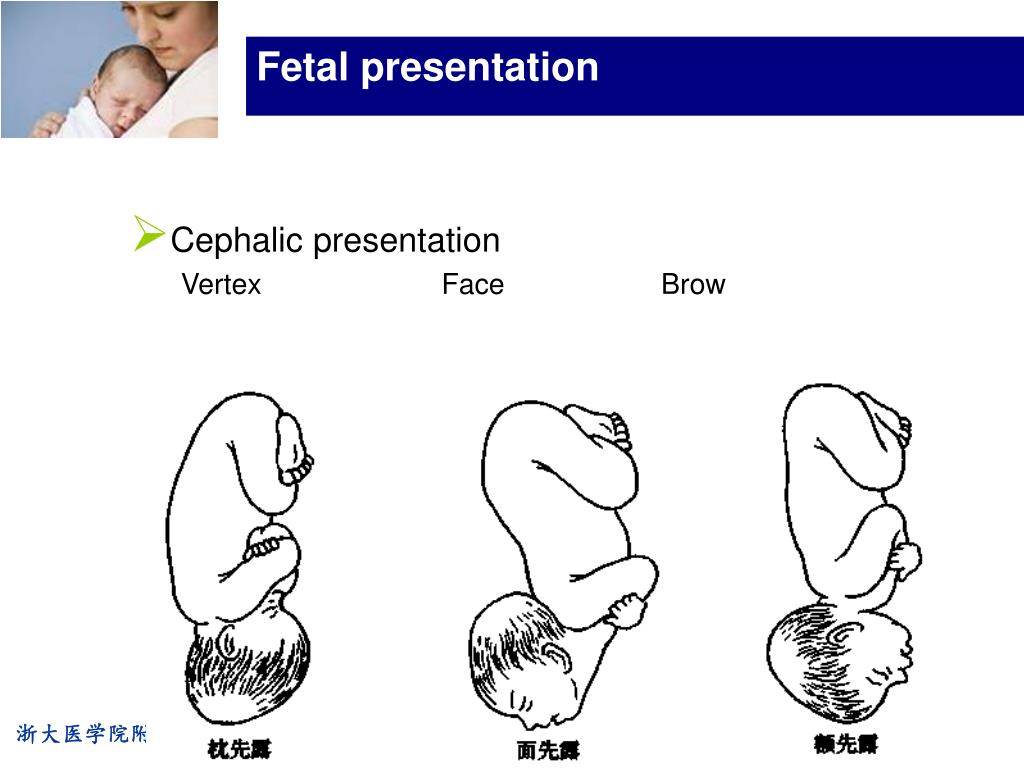 The body position is similar to the pose of a frozen runner. In general, this is a loose posture in which a person looks "twisted", all his limbs are located asymmetrically.
The body position is similar to the pose of a frozen runner. In general, this is a loose posture in which a person looks "twisted", all his limbs are located asymmetrically.
This choice of body position for sleeping indicates disorganization. It is very difficult for such a person to be on time somewhere, he is always late for meetings, does not do work on time, etc. With their indiscipline, such individuals are also very capricious. They blame other people and circumstances for their failures and failures at work.
At the same time, they can be creative people who come up with really original unusual ideas. You should not rely on such a person in important matters, there is a high probability that he will leave him in the middle.
Side Pose
The most common position is on the side, knees slightly bent, hands can be placed under the pillow or on the chest. This position is preferred by about 30 percent of all inhabitants of the planet.
In this case, it is difficult to talk about any distinctive features. We only note that this posture is typical for open people.
If a person maintains this posture, turning over from one side to the other, this is evidence of his ability to adapt to the prevailing circumstances. Such a person, as a rule, is sociable, flexible, calm, he has a fairly wide circle of acquaintances and friends. Often he gets the role of the soul of the company.
Heron pose
“Heron” pose – position of the body on the side, arms under the head, one leg straight, and the other bent and, touching the first leg, forms a triangle.
Inconstancy, unpredictability and capriciousness - that's what this posture says. For such people, thoughts and behavior directly depend on the mood in which they woke up in the morning. Moreover, during the day, dramatic changes can also occur in the mood.
“Log” pose
“Log” pose – position of the body on the side, while the arms are extended along the body.